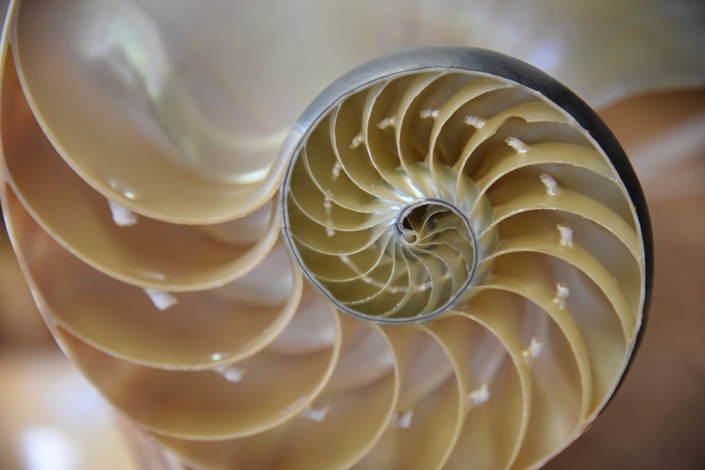Sid A.; October 20th, 2020
The concept of systems design is elemental to FutureScape and our process. I am studying Neuroscience and Electrical engineering, and the intersection between one of the most complex biological systems and one of the most complex engineering disciplines is fascinating. However, I recently realized that FutureScape, while our focus is on systems design and my focus, as founder, is on the field of neurotechnology, has fallen short of the mark in terms of making these ideas a core part of our methodology. So I am writing this post to announce a new initiative to overhaul our design process to include the concept of “biomimetics” (we will be publishing a graphic of our new design process to the blog). Janine Benyus, co-founder of the Biomimicry Institute defines biomimetics as “the conscious emulation of life’s genius “. At FutureScape, only one of our designs has included this conscious effort. This bothered me, as a believer in the ideas of biomimicry, and as an aspiring neuroengineer. Besides the announcement above, I am writing this post to discuss some of the ideas of biomimicry, in particular the ideas introduced by the Biomimicry Institute in their “Biomimicry Toolbox“, the source for the rest of the post.
The Biology Advantage: Nature has had billions of years to adapt to numerous problems. Borrowing from nature’s designs can provide a huge advantage to modern engineering.
Ask Nature: So nature has had billions of years to develop solutions…but that also means there are millions of solutions to pick from when we design. So how do you find good ones? AskNature has an answer: a catalog of natural solutions to all sorts of problems.
Synergy: Designing biomimetically not only provides an advantage in terms of design quality but also can lessen a design’s environmental impact. Biomimetic design has the potential to help the world achieve the Sustainable Development goals and build a better future.
Check out the Biomimicry Institute and their toolbox to learn more about biomimetics. Other resources include Biomimicry 3.8 and the Zygote Quarterly, a beautiful online magazine discussing various biomimetics projects. We will be publishing a post shortly detailing our overhauled design process, which incorporates biomimetic design.

